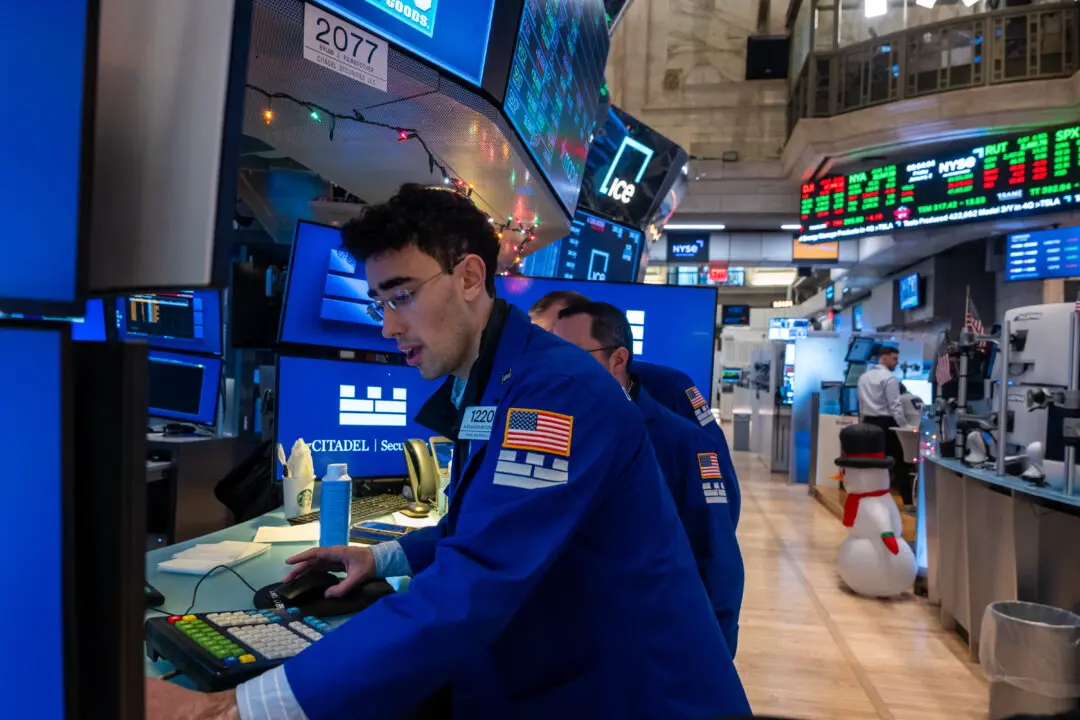Commentary
It has been nine months since the spectacular and sudden collapse of Silicon Valley Bank. After witnessing three of the four largest bank failures in U.S. history in 2023, the attention of the media and the markets has turned elsewhere. Banking crisis? It’s as though it never happened. Having fallen by some 40 percent in March, the NASDAQ Bank Index has recovered to within 15 percent of its high from February. In the past few months, nearly all markets have gone on a bull run, including bank stocks. Yet, and despite the relative quiet, the banking sector isn’t in great shape. Here are some of the reasons why.





